eggs
Self-service egg sales and more!
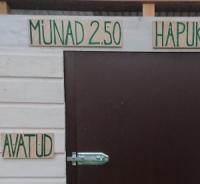
In the spring of 2021 we added 30 young layer hens to our flock. This far we had mostly sold our eggs to friends and neighbors but now the number of eggs laid every day became large enough to necessitate an alternative sales channel. It seemed most convenient to organize some sort of self-service egg sales. ->
fermentation
Losing and Restoring the Balance in Milk Kefir
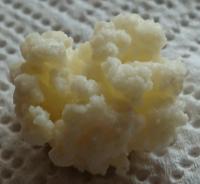
Ideally, kefir grains require a new batch of fresh milk every 24 hours (or a little more often, and it depends on the ratio of grains to milk). ->
sheep
Safely Through Estonia with Sheep
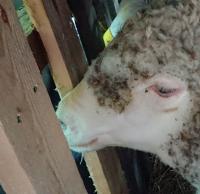
Recently, we brought three sheep from Southern Estonia with our light commercial vehicle type of car (Renault Kangoo). The car has windows on its sides and in rear doors so we had to guarantee that the sheep wouldn’t jump through these during the ride. It may sound improbable but we know someone to whom this has happened. ->
ducks
Duck Rehabilitation
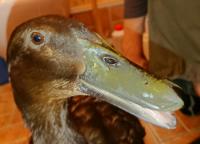
Due to a very warm winter, our pond has been without ice during the last couple of months, the water level has risen to the max due to lots of rain, and so we have allowed our ducks to spend time on the pond quite a lot, too. Always knowing that probably the hawk will attack them sooner or later. In the middle of January on a Sunday afternoon, it did indeed attack. ->
year
A year in review: 2019
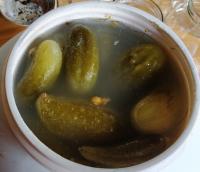
In daily action we tend not to notice how things gradually change so I decided to write a post listing some of the more important things that changed in our household this year. ->
sheep
Becoming Friends with the Stinging Nettle
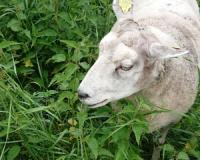
Every now and then I find myself discussing the topic of sheep eating stinging nettles (Urtica dioica), when I meet other shepherds. ->
sheep
Variations on the Theme of Twin Lambs
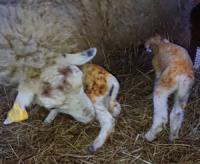
All our six ewes had twin lambs this year. We had the chance to observe very caring first-time-mothers and at the same time, to experience variations on the theme “abandons one lamb”, and an interesting case of stillborn lambs. In general, lambing was easy and we didn’t have to assist the ewes much – there were no malpresentations and no prolapses of the uterus or the vagina. We only had to help one ewe because of the large size of one of her lambs. ->
sheep
Appointing a Goat as Gardener
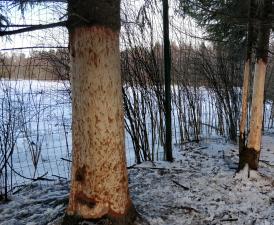
Alright, sheep aren’t exactly goats but we thought we had gained a pretty good understanding over the years of what sheep are able to destroy and what not. It turns out they were still able to surprise us. Bushes and trees with the trunk less than an arm wide have always been eaten quickly but they haven’t shown any interest towards larger trees before. ->
sheep
Welcome to the Flock, Llouis II
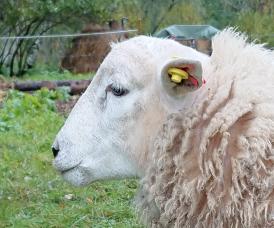
The young ram that we were planning to obtain this year, arrived a month or so earlier than initially planned. This means that lambing can be expected in early March next year. ->
quail
Praise to the Estonian Quail -- Through the Prism of Water Supply
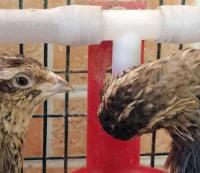
This January, we added quail (Coturnix), the Estonian variety, to our family of birds and animals. They live in a special cage in a quiet corner of our living room. With stable, automated lighting, ample food and automated drinkers – everything they need for a safe, predictable and peaceful environment, to ensure they lay eggs as well as possible. ->
ducks
The Unlaid Egg
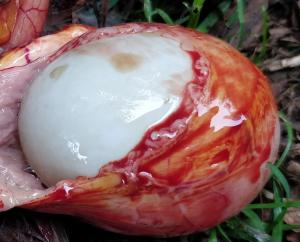
I had already happily concluded that we successfully raised 6 new young female ducks this year. However, a couple of days ago I found one of them killed under our duckhouse, at about 3 pm. We suspect the predator was a hawk – a couple of years ago in August, we also lost a duck to what we though was a goshawk. And the style of eating looked like that of a predator bird, rather than an animal. ->
automation
EWElink
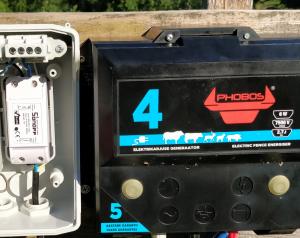
We often need to switch power off the electric fence to get over or through it somewhere and it’s quite a hassle to always walk to the electric fence energizer to do that. Luckily, wifi-controllable relays have gotten small and cheap enough so that we could easily install one in front of the energizer and can now control it with a smartphone app from anywhere in the world if we so wanted. ->
incubation
Take Your Friends Along and Get Your Feet into the Food!
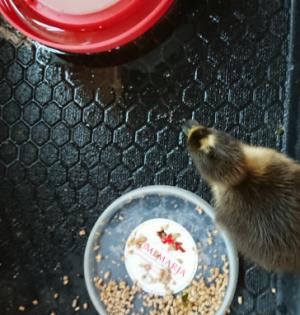
Today I was lucky and could observe how ducklings develop several traits characteristic of ducks, by the end of their first 24 hours of life: they pick at everything that seems interesting, they move in a flock, and they mess around, their feet in food and water. They become interested in water already at the age of half a day. ->
incubation
The Inner Beauty of a Duck Egg after 18 Days of Incubation
NOTE: This post contains photos of a duck embryo after 2/3 of the incubation period. If such photos may be disturbing to you, please don’t read this post! ->
sheep
Friendly Sheep and Bicycle Travelers in a Changing Climate
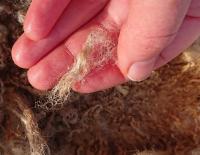
How do you provide your sheep with comfortable conditions and when is the weather nice for bicycle traveling when the seasons are becoming quite unpredictable? This post was inspired by the bad situation of the wool of our sheep that I discovered today, and in my mind it somehow connected with long distance bike travellers experiencing unpredictable weather. ->
ducks
Sufficient and Necessary: How to Manage Water and Hygiene in the Duckhouse
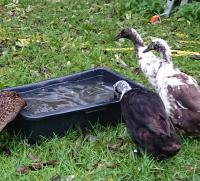
Many of you will know that ducks love water a lot – they may endlessly play in the water, be the body of water a large pond, a small bath or a drinking bowl in the duckhouse. Water activates sex drive in ducks, too, and having sex in or near water and washing themselves after the act, are natural parts of their sex lives. ->
garden · sheep
It Only Takes a Couple of Years of Sheep-Raising to Turn Lush Grass into Moss
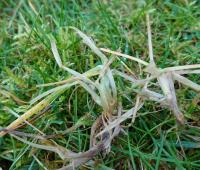
We originally started keeping sheep mainly because we didn’t want to deal with mowing our inner yard, which is rather large (1 hectare). While that part of the plan has been a success, we are now starting to have the opposite problem. ->
sheep
Anti-mating Apron: Buy or Do-It-Yourself or Should You Bother At All?
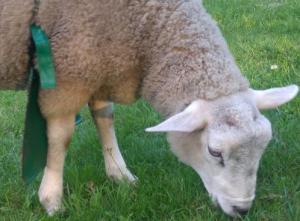
In the summer, we made an experiment with a DIY anti-mating apron. ->
sheep
Peculiarities of Basque Sheep Raising
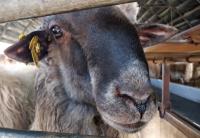
In the beginning of October, I took part in an educational trip to the Basque Country (in both France and Spain), organized by the Estonian Association of Sheep and Goat Breeders. ->
garden
Ducks, Sheep and Laziness: How Our Garden Keeps Evolving
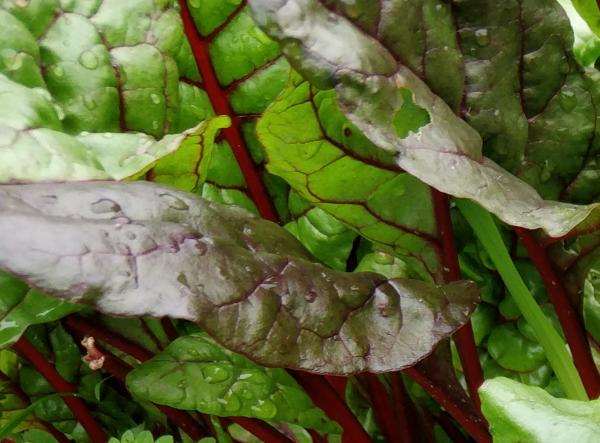
How does one design a garden in which ducks, sheep, fruit trees, berry bushes and vegetables must be able to co-exist? ->
sheep · food
Mountain Oysters!
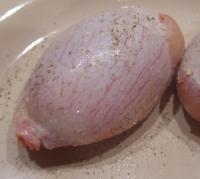
One nice thing about butchering our sheep for meat ourselves is that we can experiment with eating all kinds of body parts that we are not used to eating. Neither of us had eaten the testicles of a lamb (or any other animal) before. ->
sheep
Notes of Our First (Planned) Lambing Season
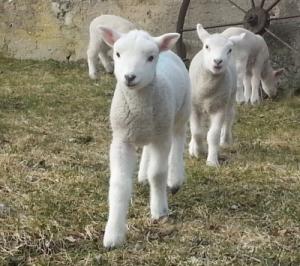
This lambing season is not exactly the first one for us, but it is the first one we arranged and planned for. ->
ducks
Interesting Findings in the Muscles of Ducks: Sarcocystis
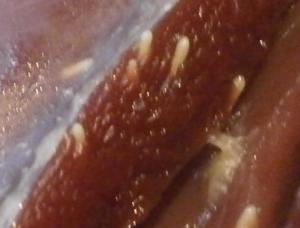
In the end of 2016, we decided that our first drake, Tutulus I, had served his time. He was about 4 years old. ->
ducks
Lifelong Learning: Ducks and Practical Genetics
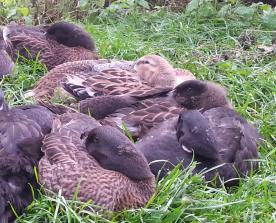
Our semi-accidental crosses of various colors of Indian Runner ducks (with a Dark Campbell duck added to the mix) have made me become interested in genetics. As a software developer, in order to understand genetics, I am trying to find analogies with computer science in this process of learning. So please don’t mind if I fantasize about some of the analogies in this post! ->
sheep
Welcome to the Flock, Young Ram LLouis!
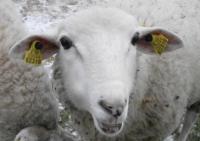
It is autumn and for the first year, we brought a ram to our flock of sheep. We had to decide whether we should stick to the Estonian white-headed breed, because all our ewes are registered Estonian white-headed ones, or rather take into account the characteristics we would like to develop, which would mean “spoiling the breed”. The Breeding Programme of the Estonian White-headed Sheep available at the web site of Estonian Sheep Raisers’ Union states that the component breeds of this breed are Texel, Dorset and the Norwegian White-headed sheep (or Dala in earlier years). The version of the programme available at the web site of the Estonian Sheep Breeding Society adds the Cheviot to the mix. ->
sheep
Learning to Know Sheep and to Handle them Gently — Mutually Complementing Goals
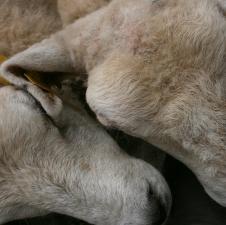
When you start off with raising sheep, you might not find it exactly evident that sheep can be handled in a stress-free manner, without them trying to escape at every possible moment. We got our initial sheep-related experiences with ones from a large flock who didn’t let us approach themselves closer than about 10 meters. At the same time, experience shows that even if your sheep are friendly and let themselves be hand-fed and stroked, they somehow sense the onset of uncomfortable procedures and in such cases, they often don’t want to be caught. ->
ducks
Bloody Sunday at the Duckhouse
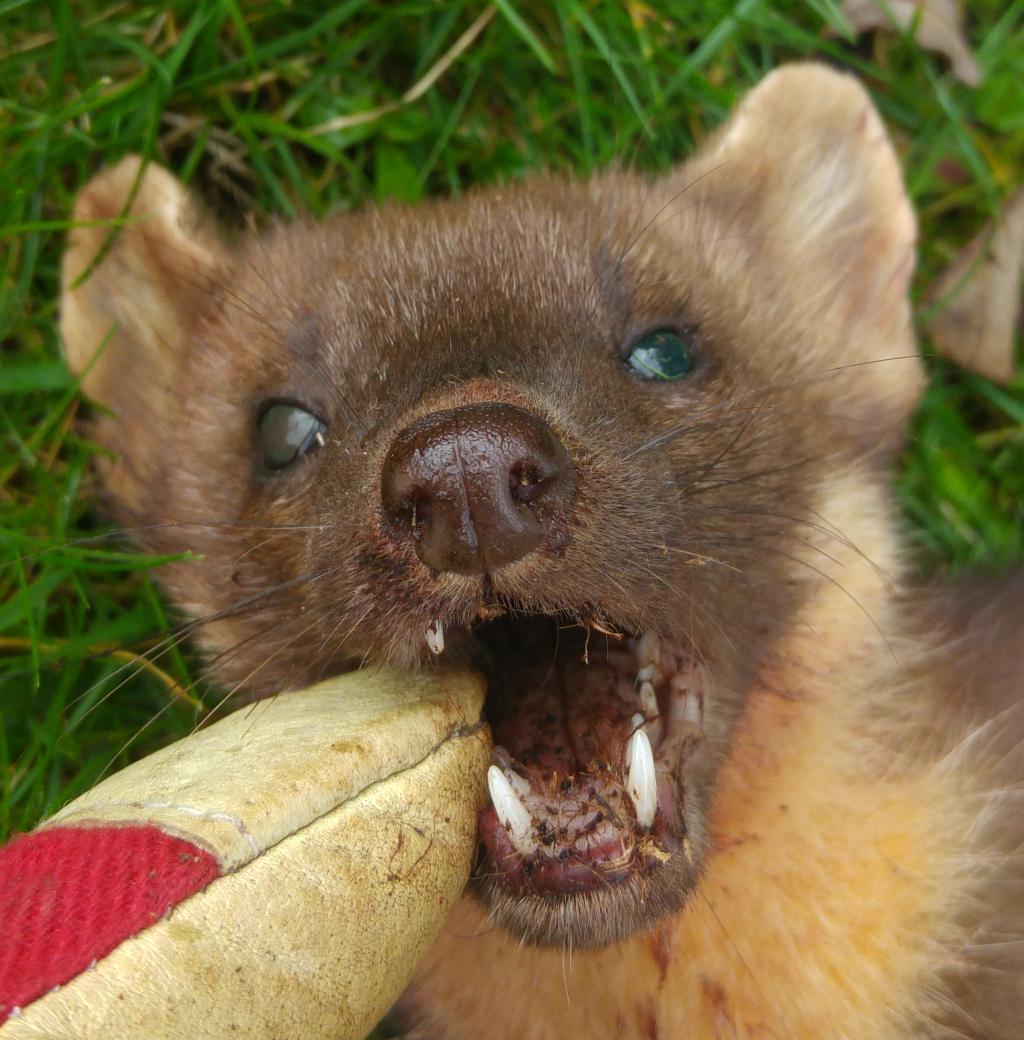
NOTE: This post contains photos of ducks killed by a marten. If such photos may be disturbing to you, please don’t read this post! ->
sheep
The Trouble with Ear Tags of Sheep
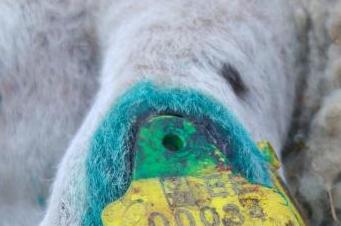
During this spring-summer season we learned an annoying lesson related to applying ear tags to sheep. The trouble is with our yearlings (three ewes). We had postponed applying the large EU-style (Datamars) ear tags to them for a long time, in order not to spoil our friendship and cause discomfort to the animals. ->
incubation
A Well-Hatched Duckling is a Happy Duckling!
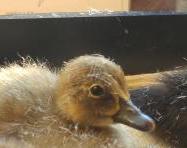
While I’m not ready with a technical comparison of this year’s incubation attempts, I would like to share an observation. ->
incubation
The Anatomy of an Unsuccessful Incubation Attempt
NOTE: This post contains photos of duck fetuses that failed to hatch as well as deformed ducklings! If such photos may be disturbing to you, please don’t read this post! ->
sheep
Work, Fun and a Lot of Sheep at Murese Farm
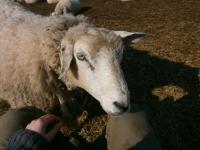
We have been acquainted with the folks at Murese sheep farm for a couple of years and we bought our own first sheep (as lambs) from them last year. I have grown extremely keen on sheep and I enjoy taking care of them, so for me, our sheep have turned out to be more like close friends than lawn mowers. ->
ducks
A perfect day for winter swimming
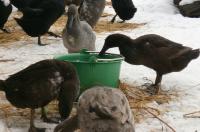
We are enjoying a mild February with temperatures around 0 degrees Celsius and some fresh snow almost every day. Thanks to the availability of water in and around the duckhouse (as described in this post), our ducks have been able to do winter swimming a lot lately. ->
sheep · ducks
Natural Products for Caring for the Internal and External Environment of Ducks and Sheep
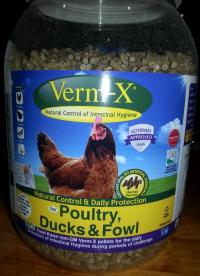
One of our goals when raising ducks and sheep is to keep their internal and external environment healthy with natural products, avoiding the need to use prescription drugs. At the same time, we are quite lazy and prefer commercial products if possible. ->
sheep
Tuta, the epileptic sheep
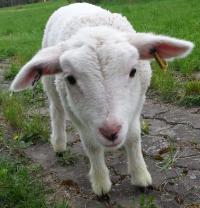
We went to Maamess (an agricultural fair) this spring and on our way there, we visited a sheep farm that we know. There was a box in the corner of their living room with a 2 week old bummer lamb, who preferred to be with humans instead of other sheep. Our previous experiences were with sheep who didn’t want to let us much closer than 10 meters, so such a human friendly one piqued our interest. ->
automation
Year-round water supply at the birdhouse
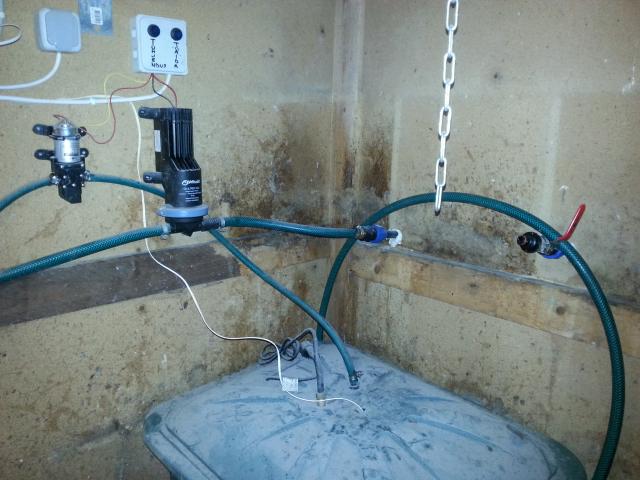
For comfortable duck raising it’s rather important to have a year-round usable water supply at the birdhouse. In addition to providing drinking water, we also have to clean up the trays that are below the drinking and eating bowls. In total this means that we need around 30l of water daily for activities related to duck keeping. ->
laying
Once Again on the Internal Defects of Eggs
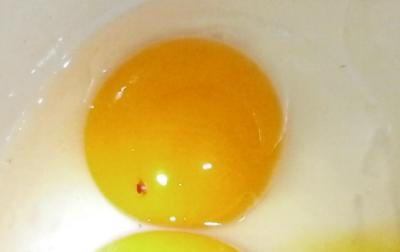
Motivated by an earlier post, I decided to investigate what are some of the possible reasons why some eggs contain blood spots or small pieces of meat-like stuff. I was wondering if I should do something to prevent such eggs being laid. Because only one of our ducks is laying at the moment, it is a good moment for making plans and creating hypotheses. ->
web
Recent Changes in This Blog
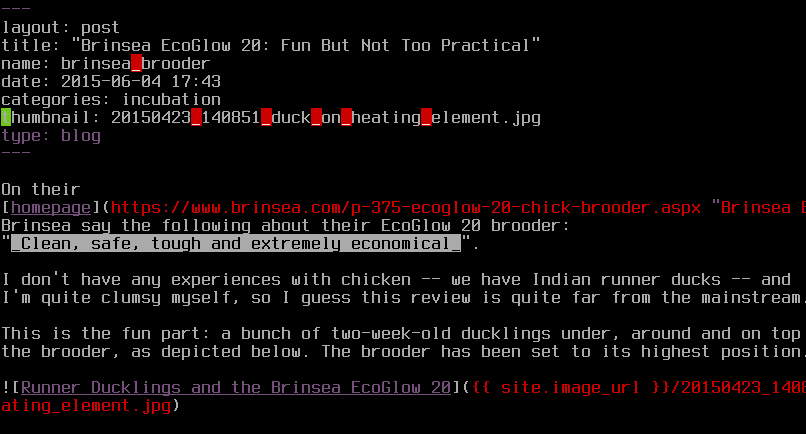
This is a technical article about the architecture of the blog and the tools used. ->
laying
Calibrating the Laying Apparatus
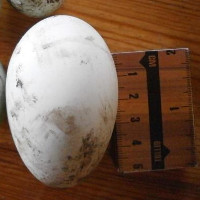
Our young female runner ducks started laying at around 4 months of age but it took them about a month more to start producing more or less stable-sized eggs with yolk inside. ->
predators
What did the Goshawk Teach Us?
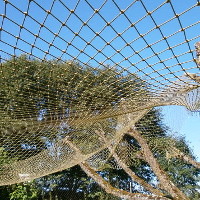
In the beginning of august we experienced our first encounter with the Northern goshawk. We knew they were living not far from us and that they had killed many of the chickens of the previous owner of our house, but they hadn’t touched our ducks yet. After all, a grown up runner duck seemed to be too large for such a bird. ->
incubation
Juvenile Molt in Pictures
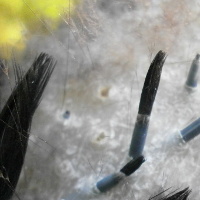
We decided to butcher one of our male ducklings while it was going through its juvenile molt. The bird was about 12 weeks old and the molt had been going on for a couple of weeks already. Basically, I was curious to see what pinfeathers actually look like and how hard it would be to pluck these. ->
incubation
Brinsea EcoGlow 20: Fun But Not Too Practical
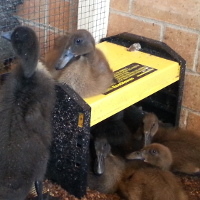
On their homepage, Brinsea say the following about their EcoGlow 20 brooder: “Clean, safe, tough and extremely economical”. ->
incubation
Examining Eggs Prior to Incubation: a Beginner's Mistakes
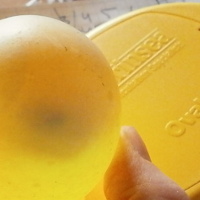
I wonder how many raisers of ducks and consumers of duck eggs have come across “stuff” like this inside eggs: ->
incubation
Debris, Fuzz and Fluff in the Incubator
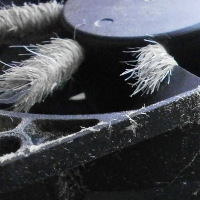
The incubator that this post refers to is Brinsea Octagon 20. ->
Subscribe via RSS